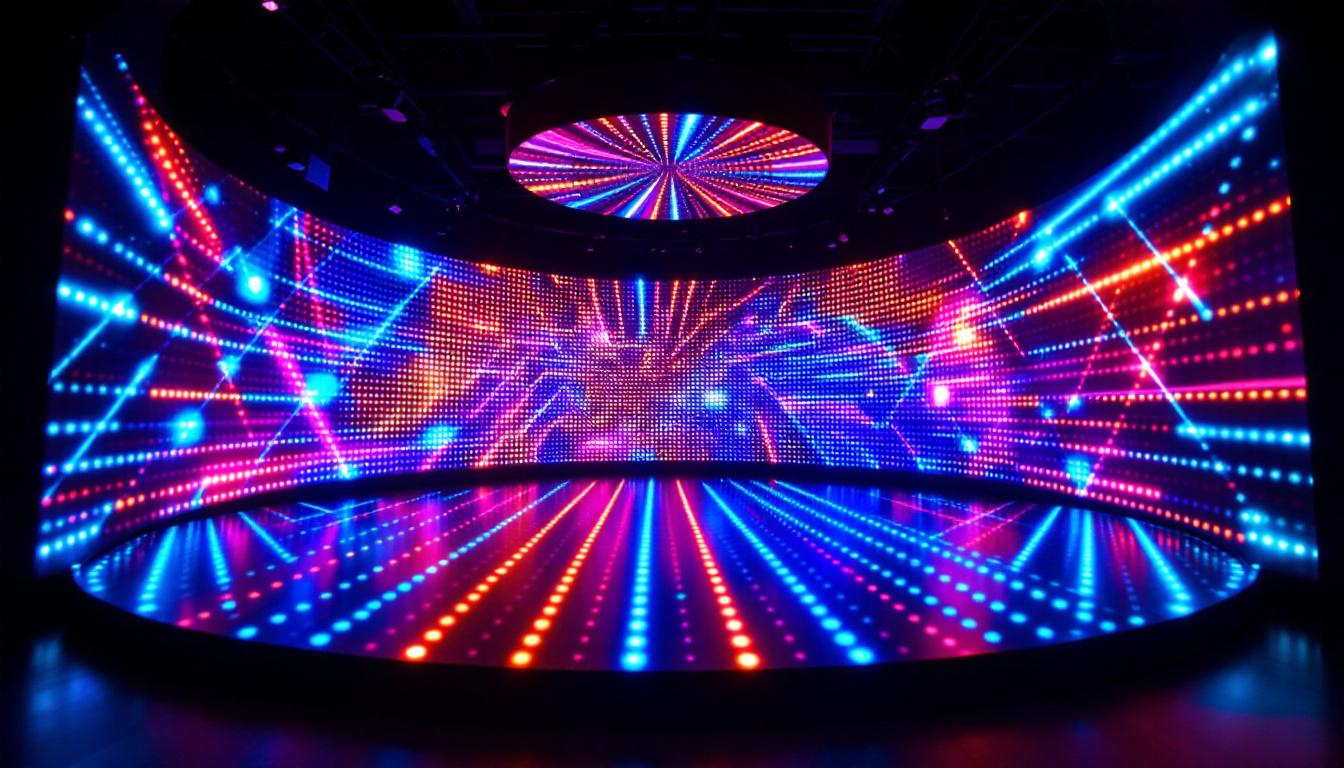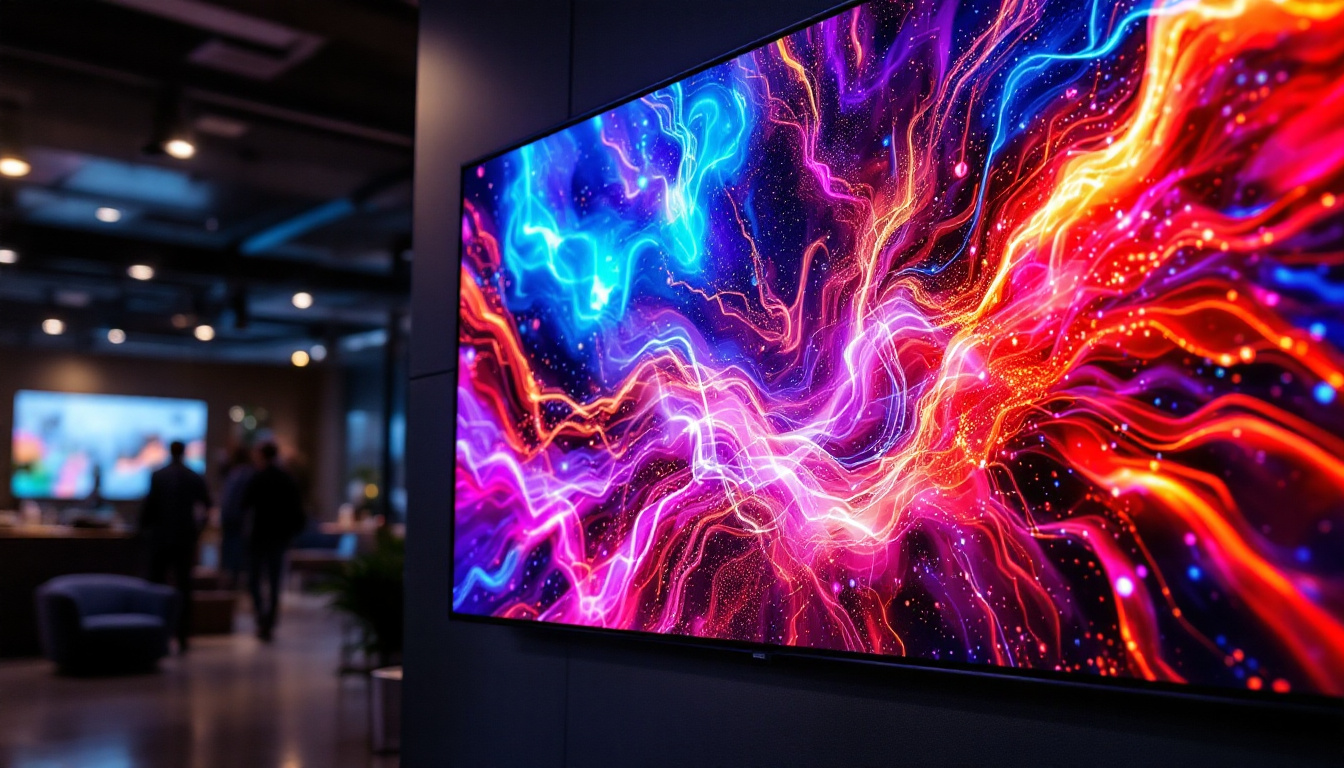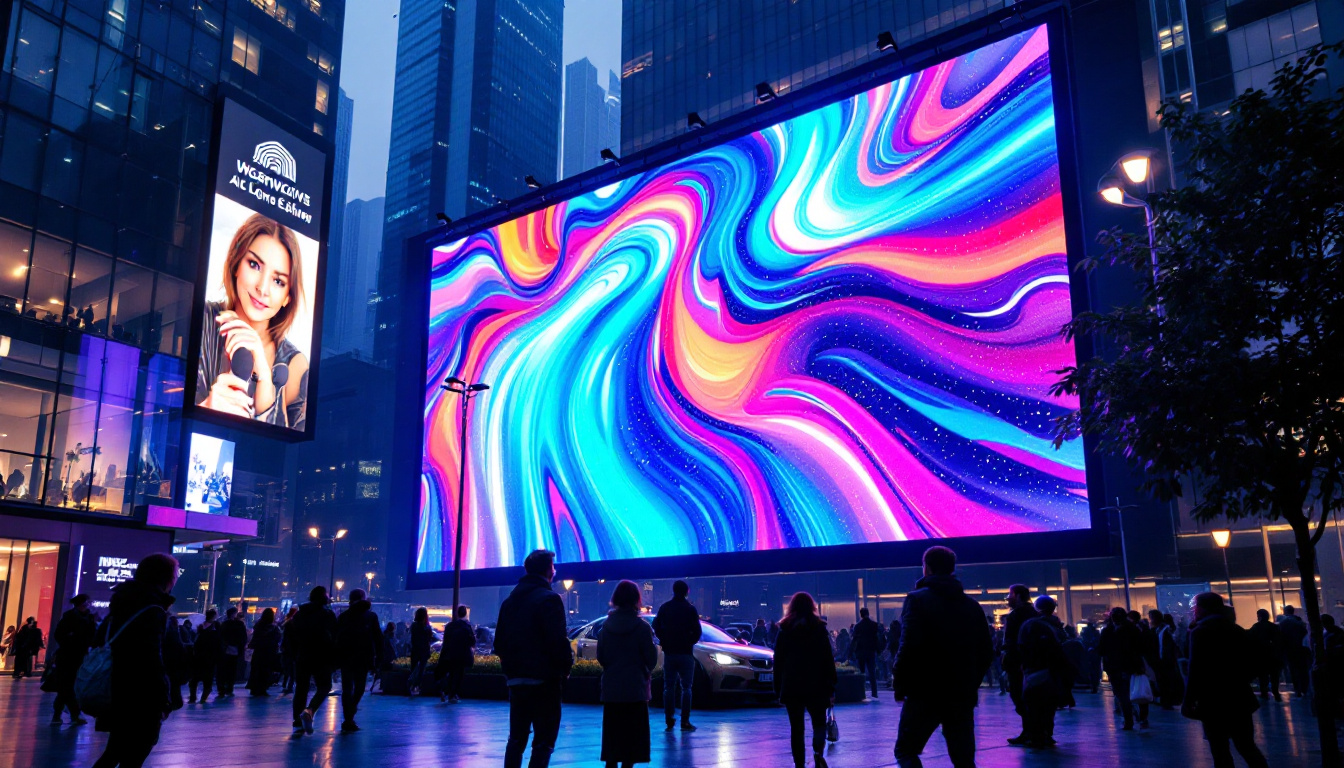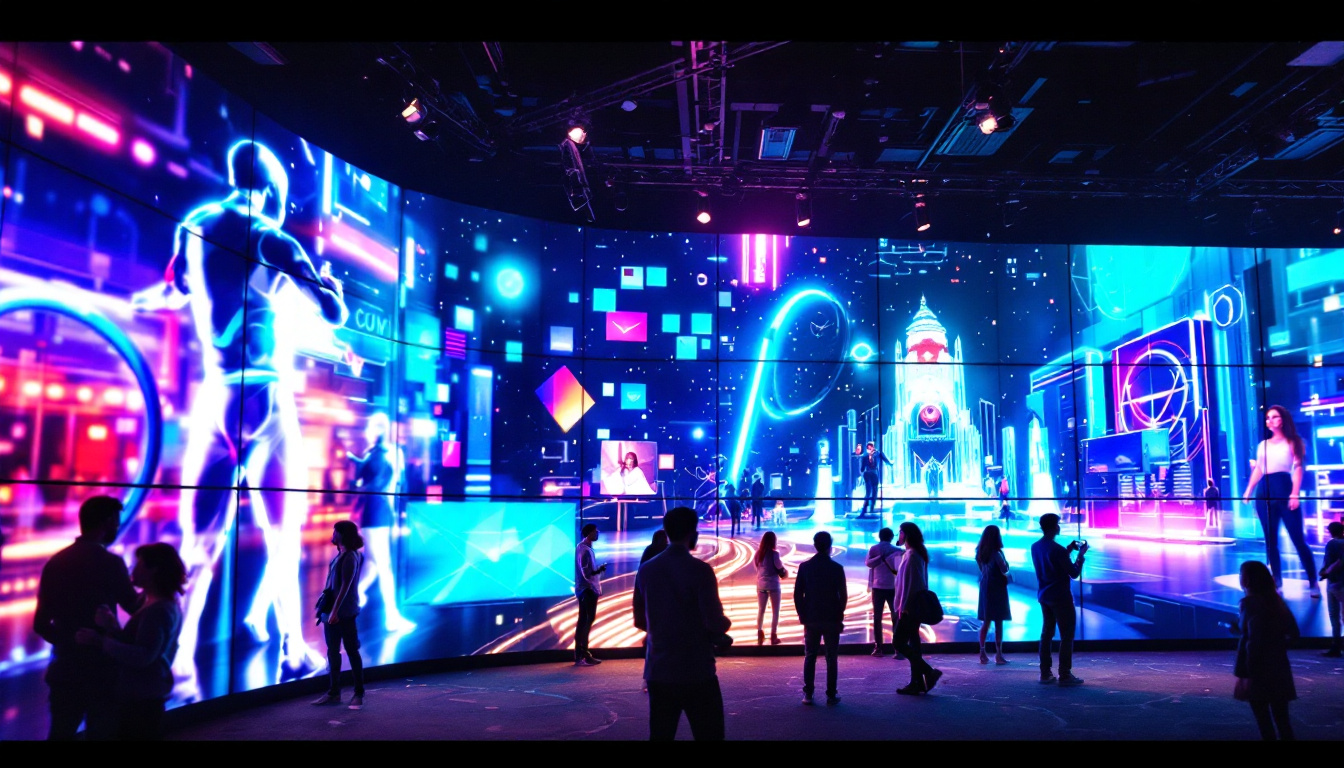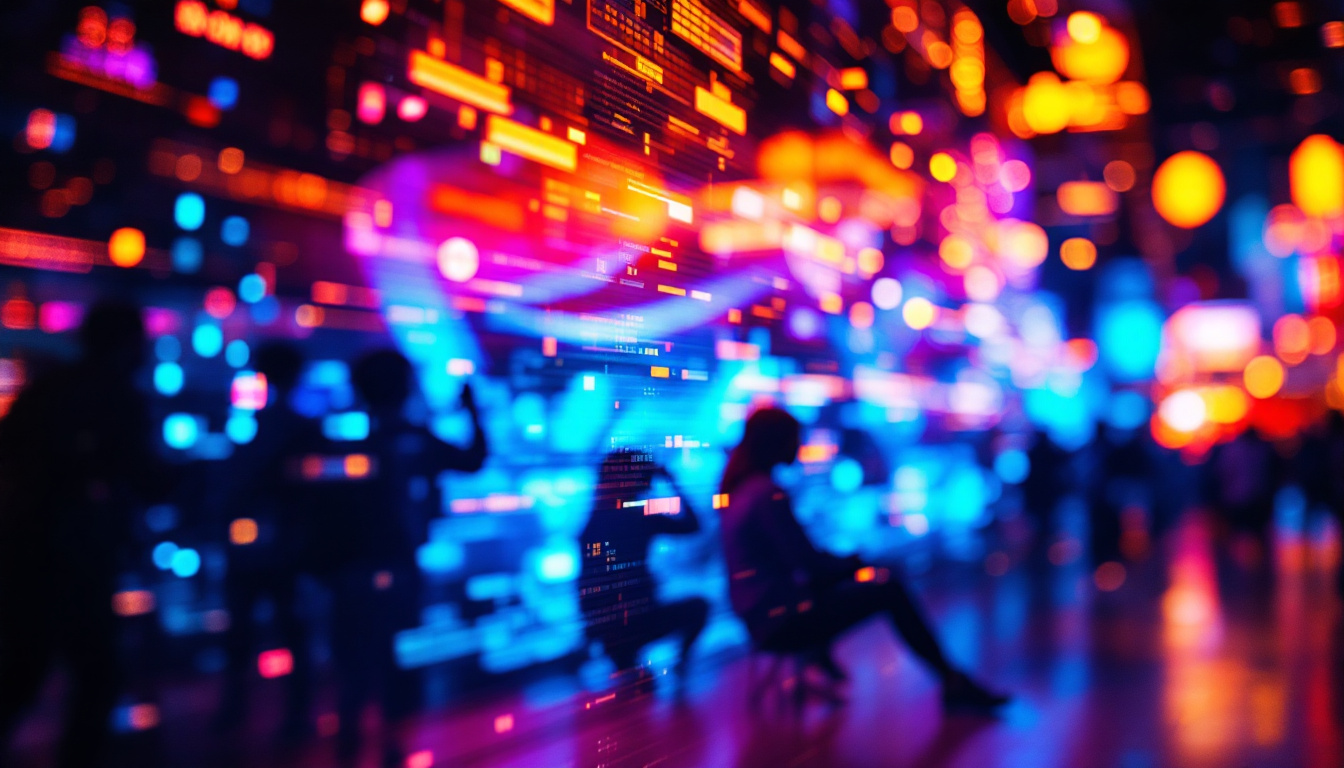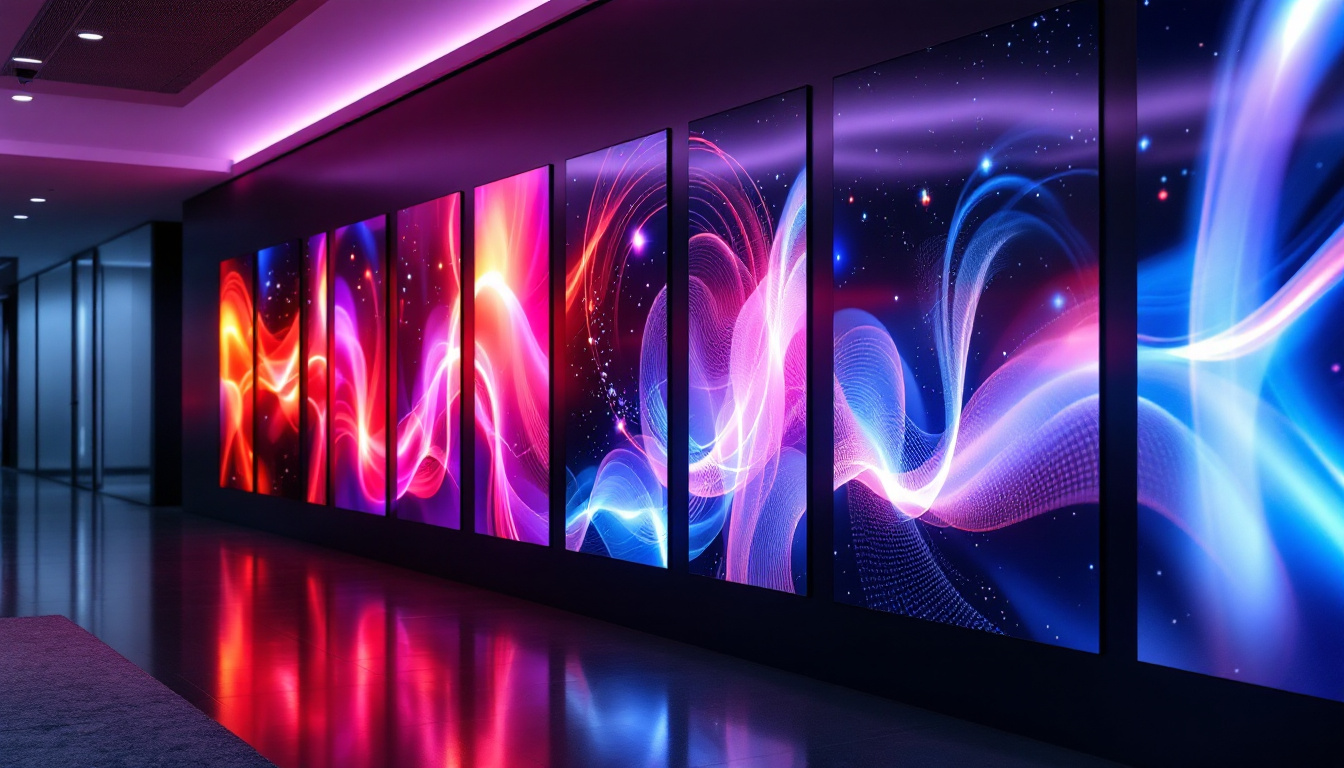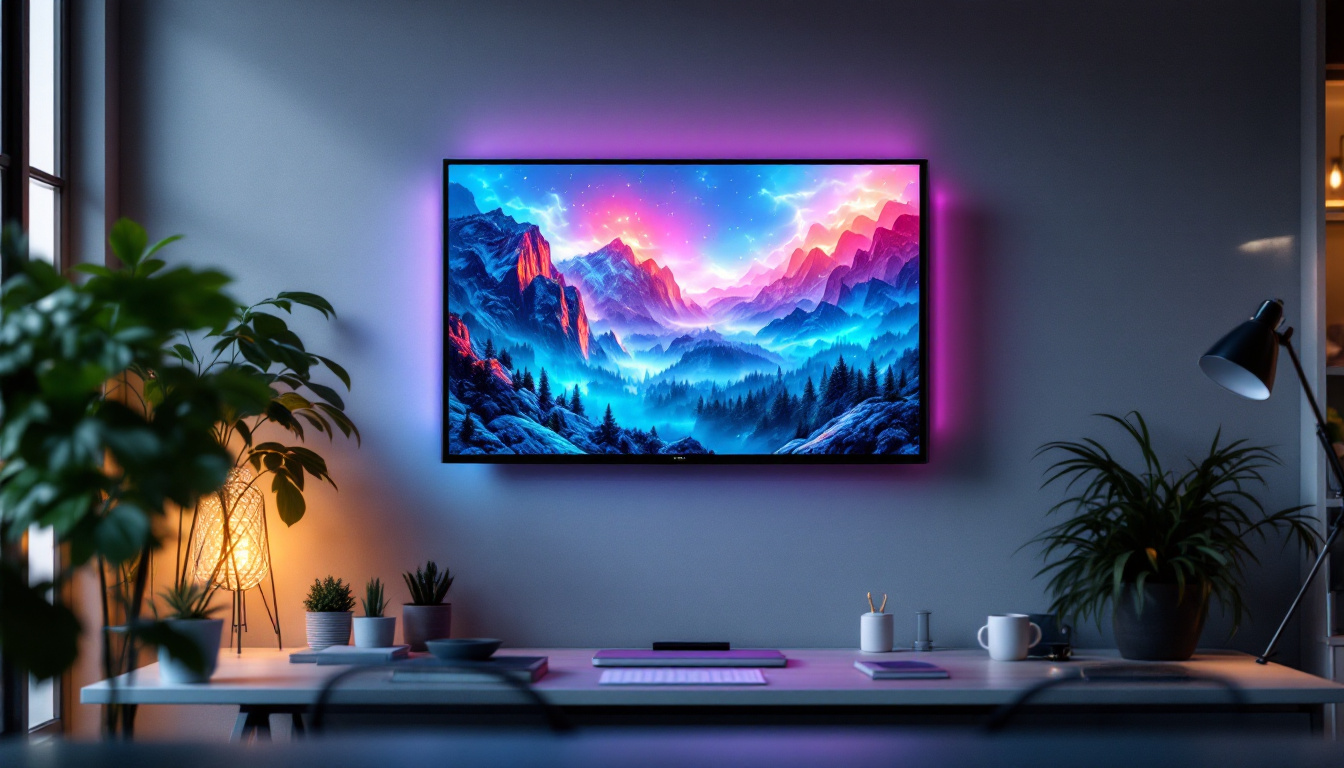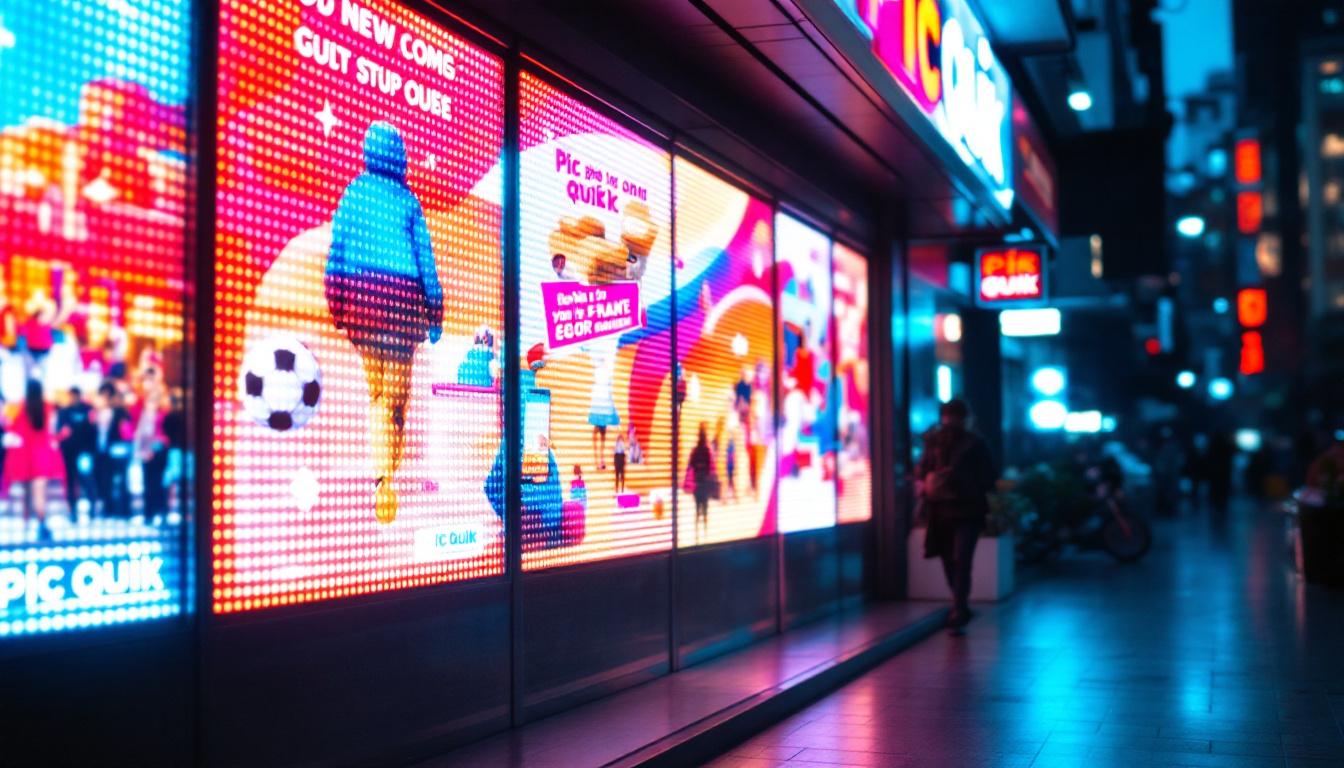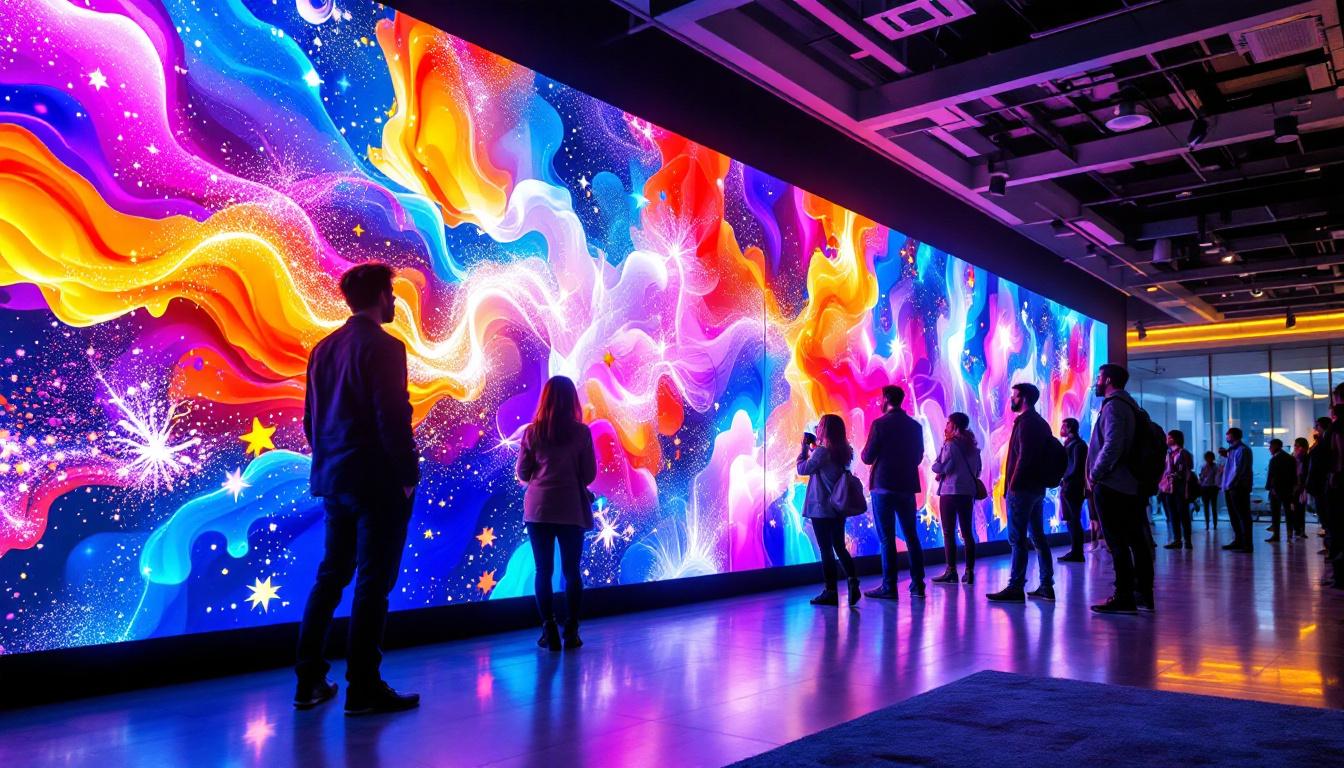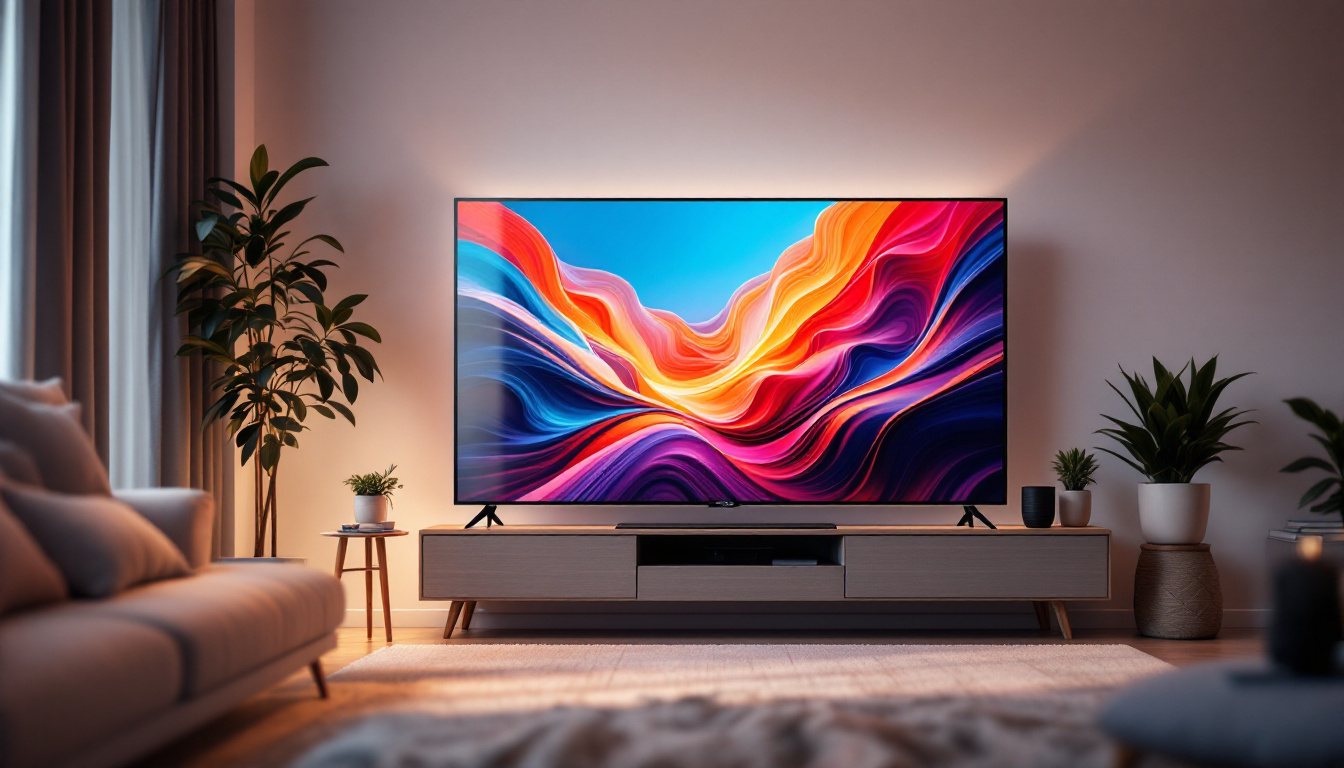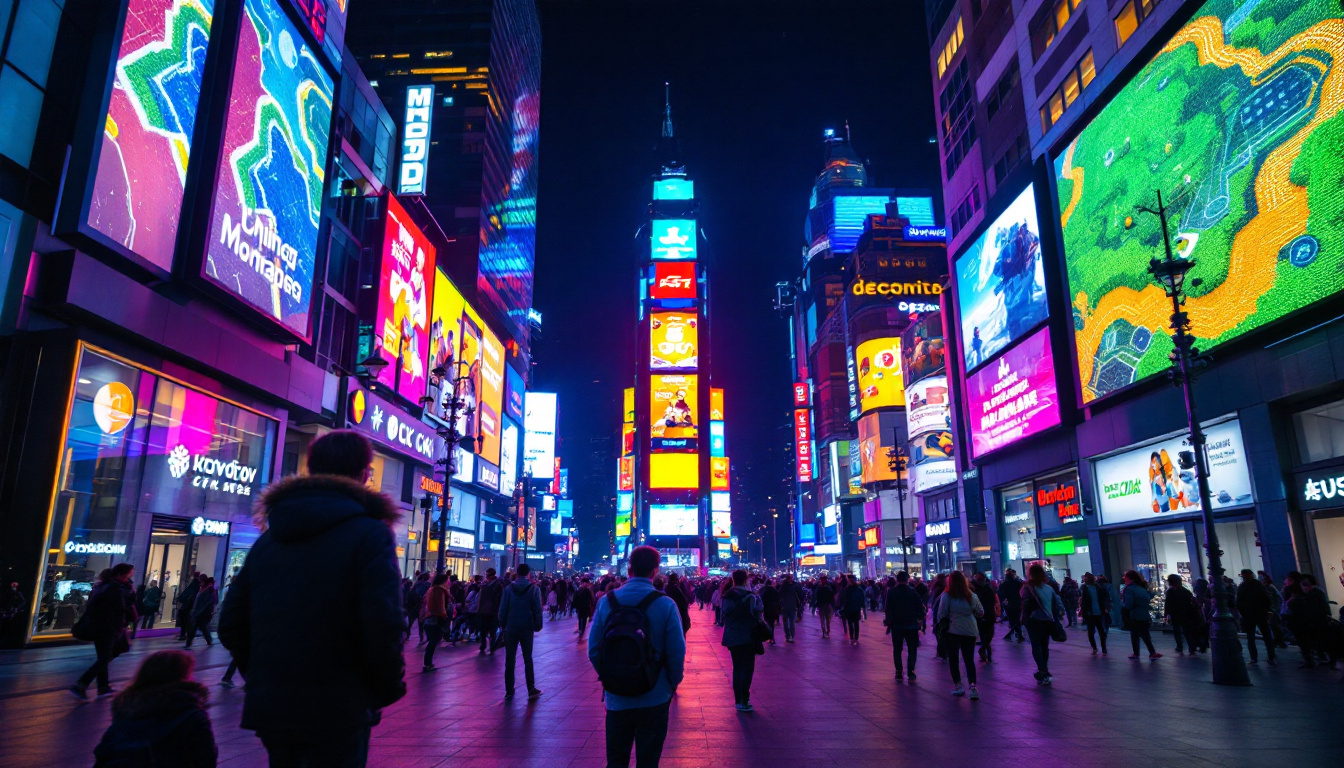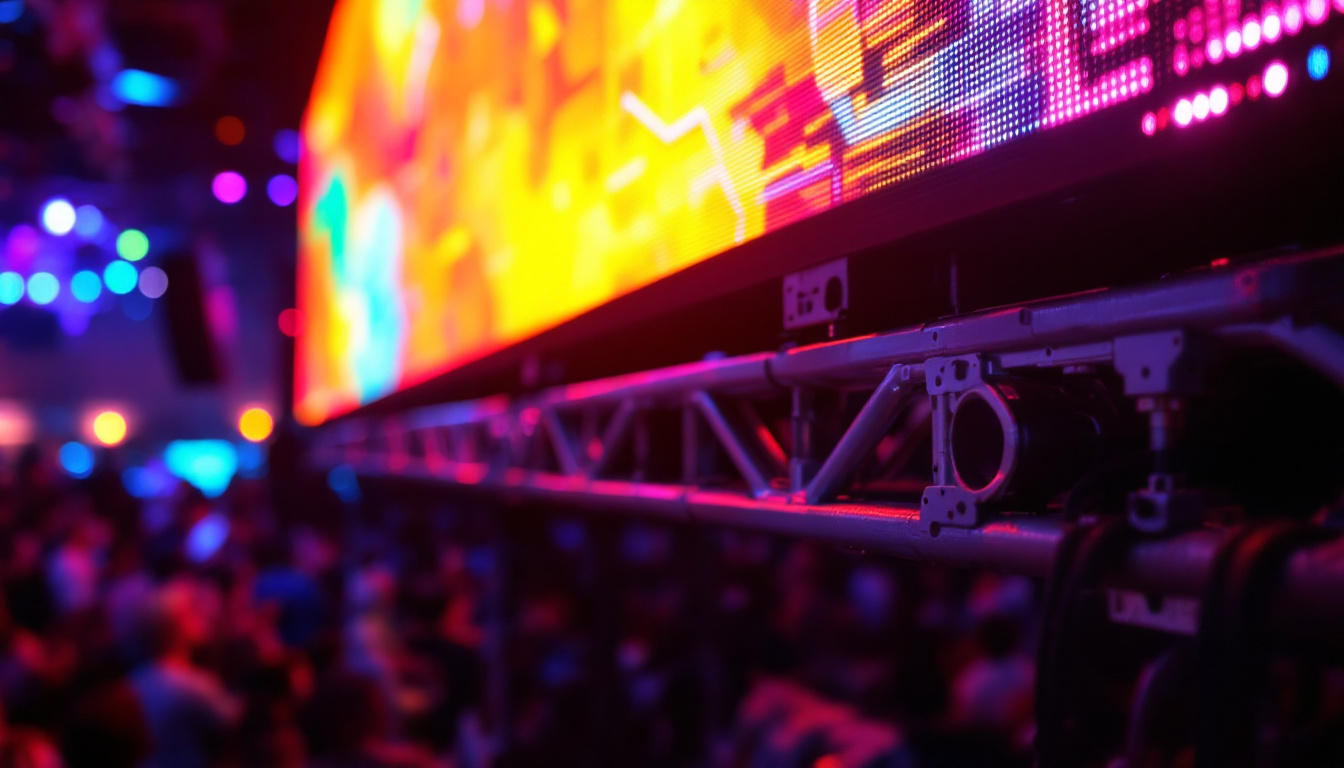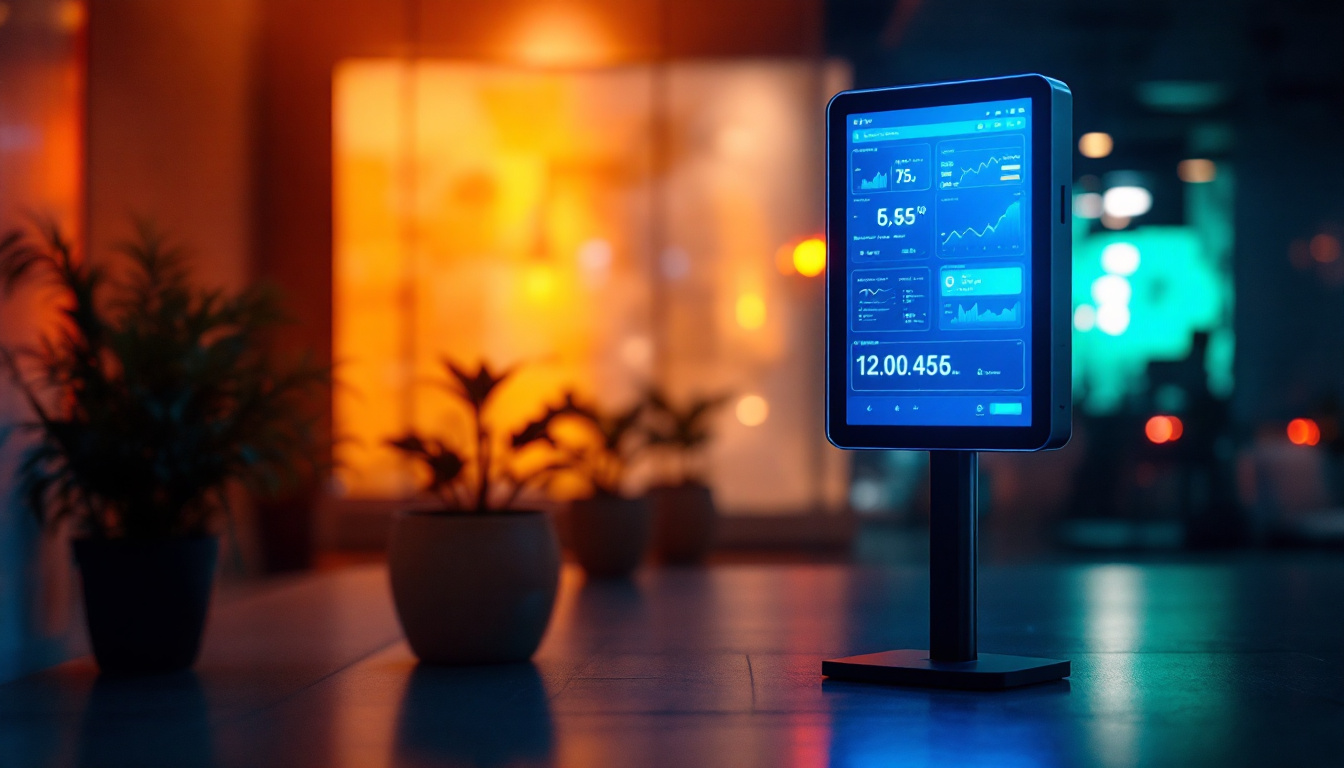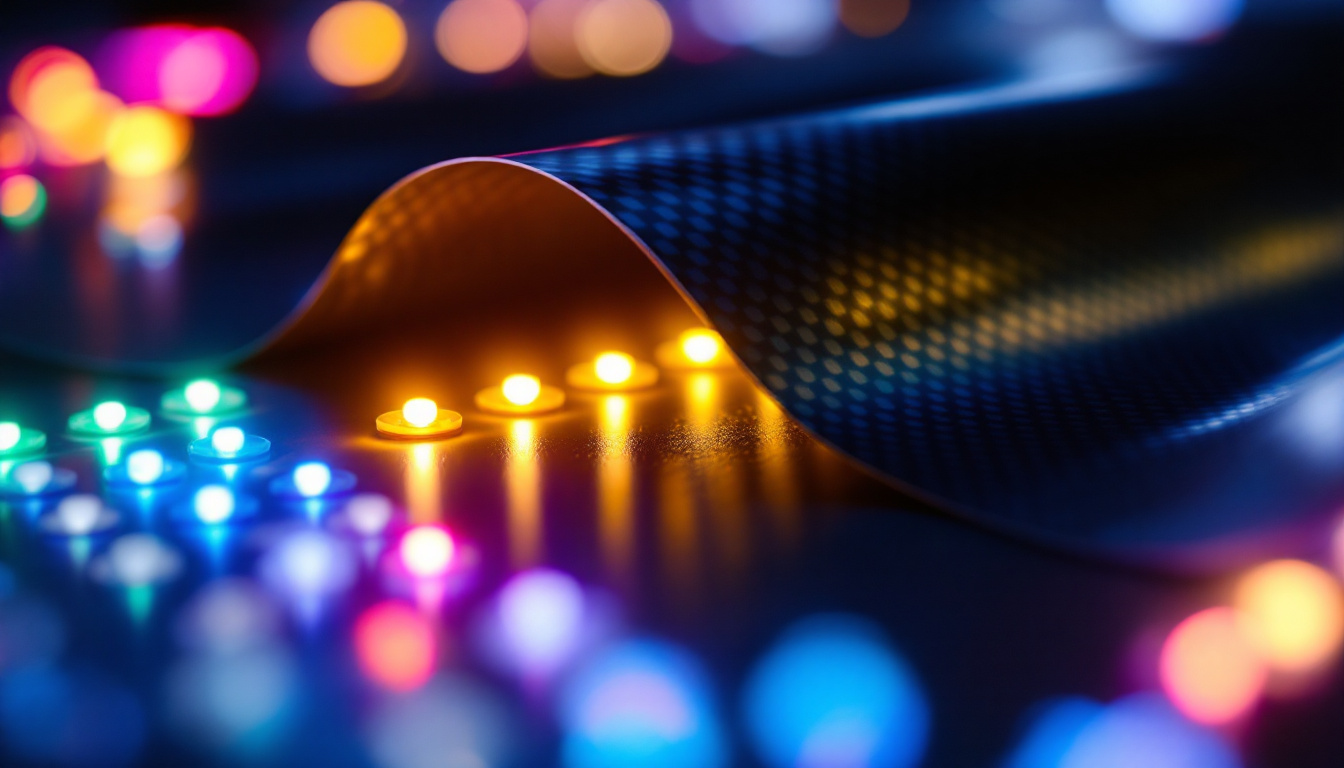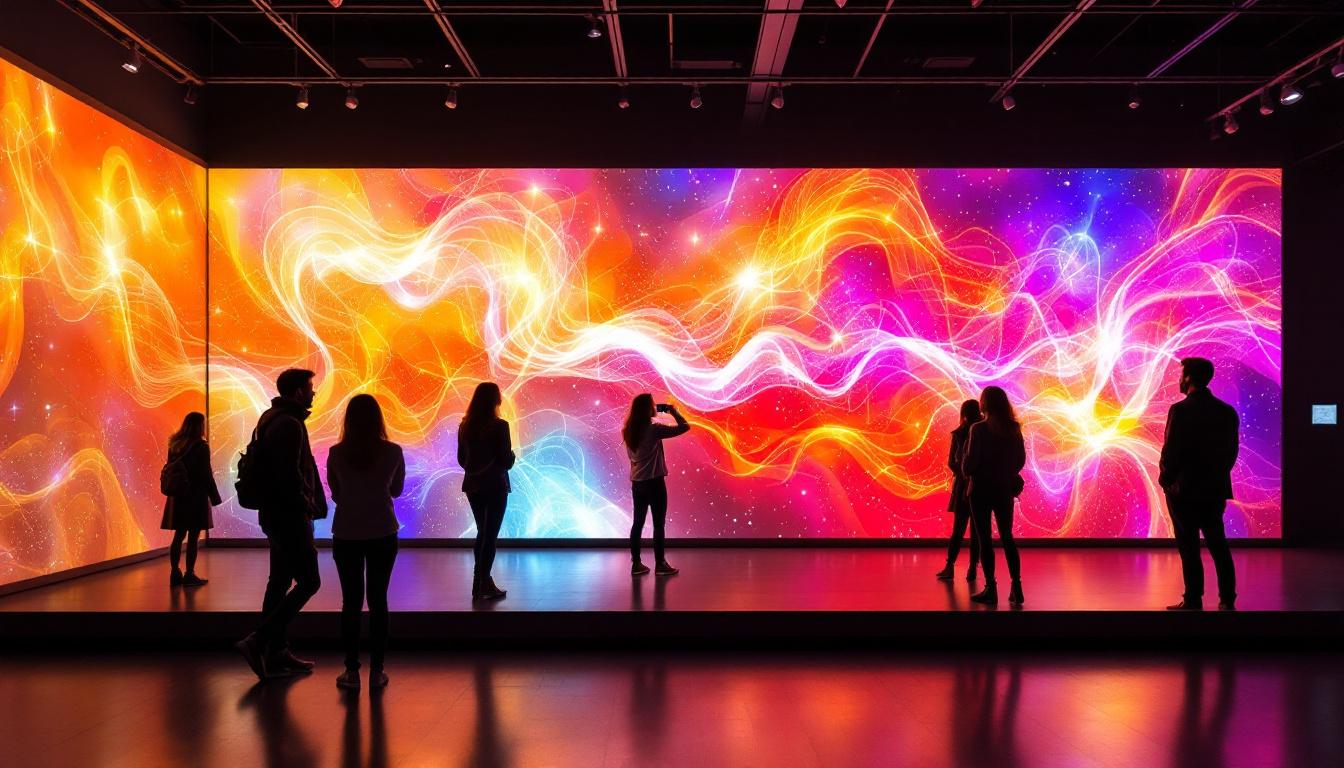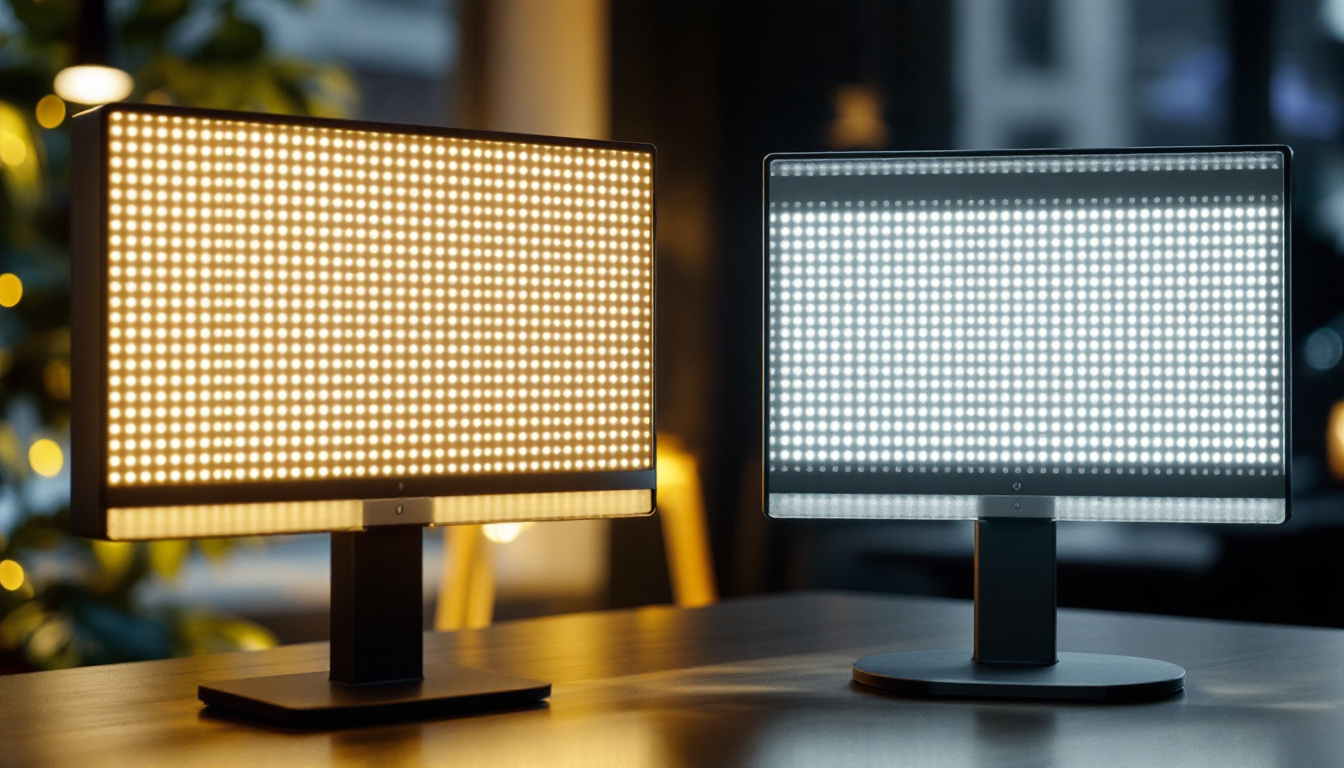In the rapidly evolving world of display technology, 360 degree LED lights have emerged as a groundbreaking innovation. These lights offer immersive visual experiences by illuminating in a full circular range, making them ideal for advertising, entertainment, and architectural applications. This article delves into the technology behind 360 degree LED lights, their practical uses, and the advantages they bring to various industries.
Understanding 360 Degree LED Lights
What Are 360 Degree LED Lights?
360 degree LED lights are specialized LED displays designed to emit light uniformly in all directions around a central axis. Unlike traditional LED panels that project images or light in a single direction, these lights create a wraparound visual effect, making them visible from any angle. This omnidirectional illumination is achieved through innovative design and arrangement of LED modules.
The core concept involves mounting LEDs on a cylindrical or spherical structure, allowing the light to be viewed from every side. This design is particularly effective in environments where viewers move around the display, such as public squares, trade shows, or retail spaces. The versatility of 360 degree LED lights makes them ideal for a variety of applications, from advertising to artistic installations, where engaging an audience from multiple viewpoints is crucial. Their ability to capture attention from all angles can significantly enhance the viewer’s experience, making them a popular choice for modern marketing strategies.
How Do 360 Degree LED Displays Work?
At the heart of a 360 degree LED display is a combination of advanced LED technology and precise engineering. The LEDs are arranged in a circular or spherical pattern, often on a transparent or semi-transparent surface. This setup enables the display to project images, videos, or animations visible from all directions. The design not only maximizes visibility but also allows for creative storytelling, as the content can be tailored to engage viewers as they walk around the display.
Each LED module is individually addressable, meaning the display can show complex content with high resolution and vibrant colors. The control system synchronizes the LEDs to ensure seamless visuals as viewers move around the display. Additionally, some 360 degree LED lights incorporate sensors to adjust brightness based on ambient lighting conditions, enhancing visibility and energy efficiency. This adaptability ensures that the display remains effective in various environments, whether it be a brightly lit shopping mall or an outdoor festival at dusk. Moreover, the integration of smart technology allows for interactive features, enabling viewers to engage with the content in real-time, further enriching the overall experience.
Applications of 360 Degree LED Lights
Advertising and Marketing
One of the most prominent uses of 360 degree LED lights is in advertising. Brands leverage these displays to create captivating advertisements that grab attention from all angles. For instance, cylindrical LED displays installed in shopping malls or city centers can showcase dynamic content, increasing brand visibility and engagement.
According to a 2023 report by the Digital Signage Federation, interactive and immersive displays like 360 degree LEDs can boost consumer engagement rates by up to 40% compared to traditional static signage. This makes them invaluable tools for marketers aiming to stand out in crowded spaces. Additionally, the versatility of these displays allows brands to rotate different advertisements throughout the day, tailoring content to specific audiences and times, which can significantly enhance the effectiveness of marketing campaigns.
Entertainment and Events
In the entertainment industry, 360 degree LED lights have transformed stage design and audience interaction. Concerts, festivals, and theatrical performances use these displays to create immersive environments that surround the audience with visuals. The ability to project synchronized content in all directions enhances the sensory experience, making events more memorable.
For example, large-scale music festivals often employ cylindrical LED towers that display live feeds, animations, and lighting effects visible to attendees regardless of their position. This technology not only elevates the aesthetic appeal but also improves visibility and communication during events. Furthermore, the integration of real-time data and audience interaction through mobile apps can allow performers to engage with the crowd dynamically, creating a two-way experience that keeps attendees captivated throughout the event.
Architectural and Interior Design
Architects and interior designers incorporate 360 degree LED displays to add dynamic lighting and visual elements to buildings and interiors. These lights can wrap around columns, pillars, or other structural features, turning static elements into engaging focal points.
In modern commercial buildings, 360 degree LED installations contribute to ambiance and branding. For instance, hotel lobbies or corporate headquarters may feature these displays to convey a sense of innovation and sophistication. The flexibility of LED technology allows for customization in size, shape, and content, aligning with design objectives. Moreover, these installations can be programmed to change with the time of day or season, providing a unique experience for visitors. This adaptability not only enhances the aesthetic appeal but also promotes sustainability by reducing the need for additional decorative lighting solutions, ultimately creating a more environmentally friendly design approach.
Technical Features and Innovations
High Resolution and Color Accuracy
Advancements in LED technology have significantly improved the resolution and color accuracy of 360 degree displays. Modern LEDs offer millions of colors with precise calibration, ensuring that images and videos appear vibrant and true to life from every angle.
High pixel density is crucial for maintaining image clarity on curved surfaces. Manufacturers now produce LED modules with pixel pitches as low as 1.5mm, enabling ultra-fine detail even on relatively small cylindrical displays. This level of detail is essential for applications requiring sharp text or intricate graphics.
Durability and Weather Resistance
Many 360 degree LED lights are designed for outdoor use, necessitating robust construction and weatherproofing. IP65 or higher ratings are common, indicating resistance to dust and water ingress. This durability ensures reliable operation in various climates and weather conditions.
Additionally, the materials used in these displays often include UV-resistant coatings and impact-resistant glass or acrylic, extending the lifespan of the installation. Such features are vital for public installations exposed to environmental stress.
Energy Efficiency and Sustainability
Energy consumption is a critical consideration in large-scale LED installations. 360 degree LED lights incorporate energy-efficient components and intelligent control systems to minimize power usage. Features such as automatic brightness adjustment and selective LED activation help reduce electricity costs and environmental impact.
Furthermore, LEDs inherently have longer lifespans compared to traditional lighting, often exceeding 50,000 hours of operation. This longevity reduces maintenance requirements and waste, aligning with growing sustainability goals in urban development and corporate responsibility.
Choosing the Right 360 Degree LED Display
Assessing Your Needs
Selecting an appropriate 360 degree LED display depends on several factors, including the intended application, viewing distance, and environmental conditions. For advertising purposes, a larger display with high brightness and resolution may be necessary to capture attention in busy areas.
Conversely, for interior design, smaller, more subtle installations might be preferred to complement the space without overwhelming it. Understanding the target audience and location helps determine the optimal size, pixel pitch, and brightness levels.
Installation and Maintenance Considerations
Proper installation is crucial for maximizing the performance and longevity of 360 degree LED displays. Professional mounting ensures structural stability, especially for large or heavy units. Additionally, considerations such as power supply, ventilation, and accessibility for maintenance should be addressed during planning.
Regular maintenance, including cleaning and software updates, helps maintain image quality and operational reliability. Many manufacturers offer service plans and remote monitoring to assist with upkeep, reducing downtime and repair costs.
Budget and ROI
While 360 degree LED displays can represent a significant investment, their impact on brand visibility and customer engagement often justifies the cost. Businesses should evaluate the return on investment by considering factors such as increased foot traffic, sales uplift, and brand recognition.
Leasing options and modular designs can also provide financial flexibility, allowing organizations to scale their installations according to budget and evolving needs.
The Future of 360 Degree LED Technology
Integration with Augmented Reality and AI
The future of 360 degree LED displays is closely linked to emerging technologies like augmented reality (AR) and artificial intelligence (AI). Integrating AR can enable interactive content that responds to viewer movements or gestures, creating personalized experiences.
AI-driven content management systems can optimize display content in real-time based on audience demographics, weather, or time of day. This dynamic adaptability enhances relevance and engagement, making 360 degree LED lights even more powerful marketing tools.
Advances in Flexible and Transparent LEDs
Research into flexible and transparent LED materials promises to expand the design possibilities for 360 degree displays. Flexible LEDs can conform to complex shapes, enabling more organic and artistic installations. Transparent LEDs allow for see-through displays that blend seamlessly with glass surfaces, preserving natural light and views.
These innovations will likely lead to new applications in retail, transportation, and public art, further embedding 360 degree LED technology into everyday environments.
Environmental and Social Impact
As urban spaces become smarter and more connected, 360 degree LED displays will play a role in sustainable city planning and social communication. Their ability to convey real-time information, emergency alerts, and public service messages can enhance safety and community engagement.
Moreover, ongoing improvements in energy efficiency and recyclability will help mitigate environmental concerns, supporting global efforts toward greener technologies.
Conclusion
360 degree LED lights represent a significant advancement in display technology, offering unparalleled visibility and immersive experiences. Their applications span advertising, entertainment, architecture, and beyond, driven by innovations in resolution, durability, and energy efficiency.
Choosing the right 360 degree LED display involves careful consideration of technical specifications, installation requirements, and budget. As technology continues to evolve, these displays will become even more versatile and integrated with digital ecosystems, shaping the future of visual communication.
For businesses and creators seeking to captivate audiences from every angle, 360 degree LED lights offer a compelling solution that combines innovation, impact, and sustainability.
Illuminate Your Space with LumenMatrix
Ready to transform your environment with the power of 360 degree LED displays? LumenMatrix is at the forefront of LED display innovation, offering an extensive range of solutions tailored to your unique needs. From Indoor LED Wall Displays to Custom LED Displays and everything in between, we provide the tools to make your brand shine in a new light. Elevate your visual communication and create unforgettable experiences with our cutting-edge technology. Check out LumenMatrix LED Display Solutions today and step into the future of immersive advertising and engagement.

